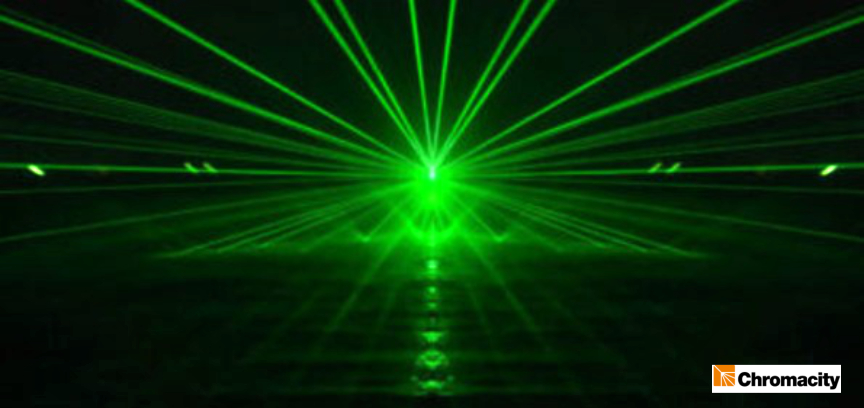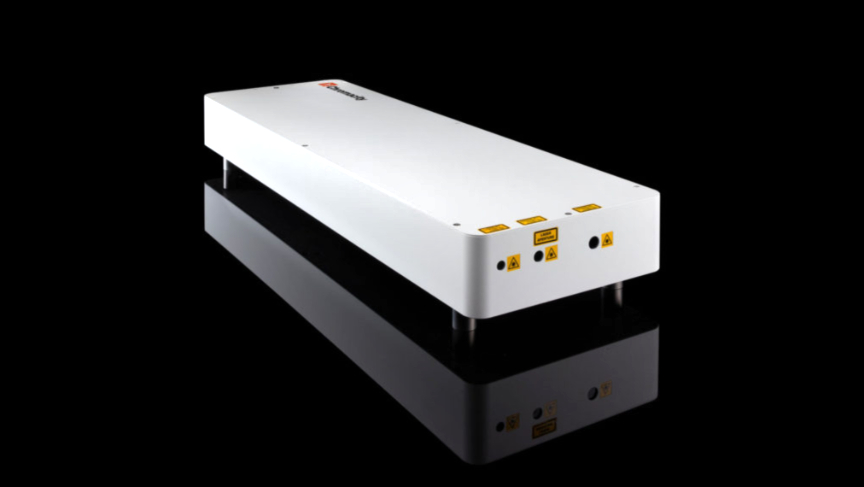
Chromacity Ltd. has reported how the company’s tunable ultrafast infra-red lasers are helping researchers characterize single photon detectors (SPDs), essential devices for applications including quantum key distribution, LIDAR, as well as sensing and characterization of samples using fluorescence lifetime measurement.

As infrared light is less susceptible to atmospheric absorption – researchers are pushing to develop single photon detectors that operate in the near and mid infrared. Emerging technologies such as Superconducting Nanowire Single-Photon Detectors (SNSPDs) have a very high photon detection efficiency and very low timing jitter, making them suitable for many single-photon applications.
However, testing and validating the characteristics of these new sensors can be challenging – until now. As this new generation of single photon sensors are sensitive over a wide wavelength range, a source capable of scanning the complete wavelength range is important to create a complete picture of performance. The time domain performance is also affected by the wavelength of the incident light, so being able to probe the sensor with a low jitter photon pulse is essential.
Chromacity has developed a family of tunable ultrafast infrared lasers that are ideal tools for SPD testing. The Auskerry laser is capable of continuous tuning across the 1.4µm to 4.2µm, and the Haskeir laser from 4.5µm to 12µm. Both lasers can generate 2ps pulses at either 100MHz or 200MHz repetition rates with very low jitter.
The Auskerry laser uses a periodically poled lithium niobate (PPLN) non-linear crystal to generate near infra-red light in the range of 1.4um to 4.5um. The Haskeir laser uses a different Orientation Patterned Gallium Phosphide (OP-GaP) non-linear crystal to generate mid infra-red light in the 4.5um to 12um range. Both lasers have been optimised to generate 2ps pulses with very high temporal fidelity allowing researchers to investigate the time domain behavior of detectors with high confidence.
